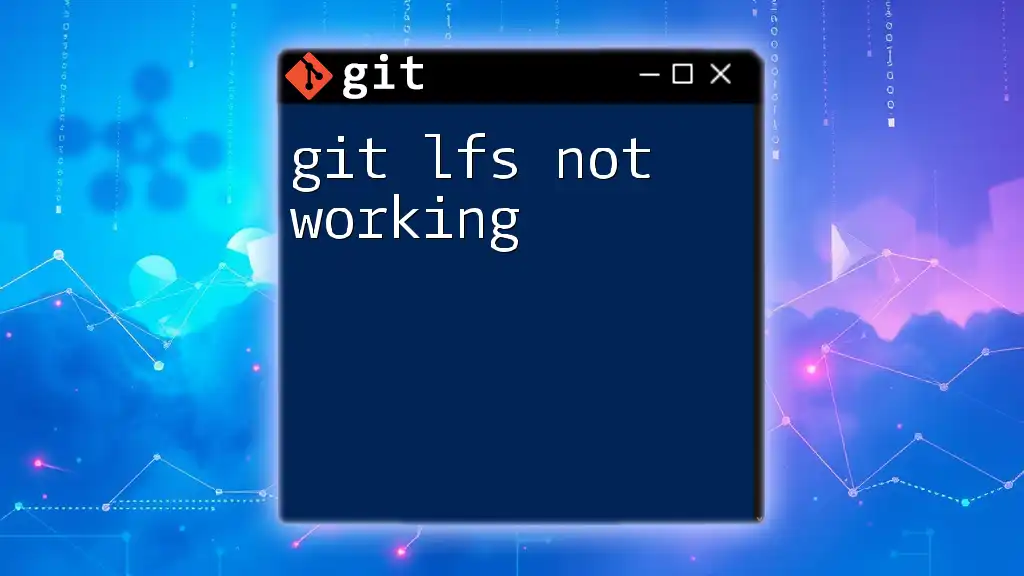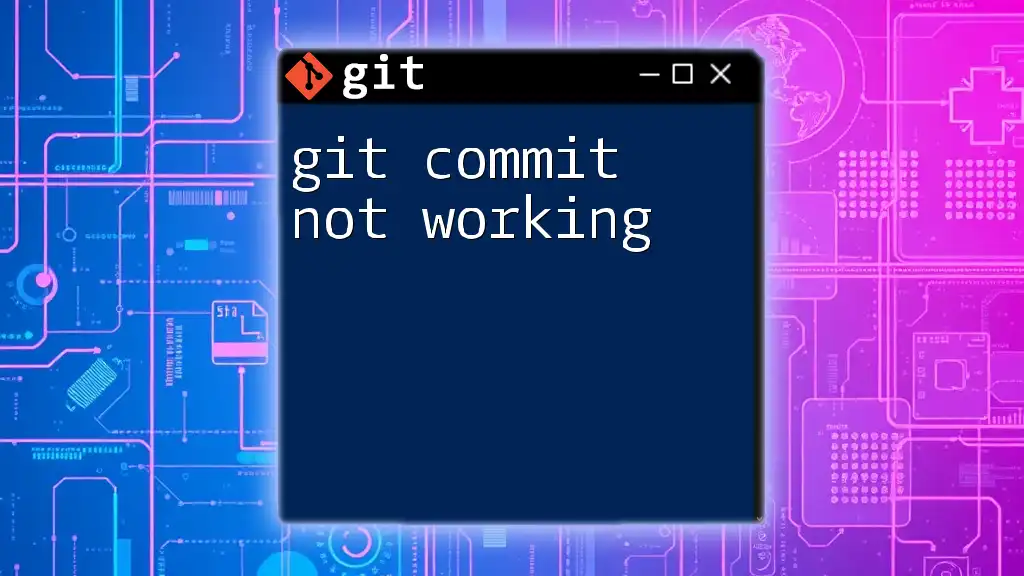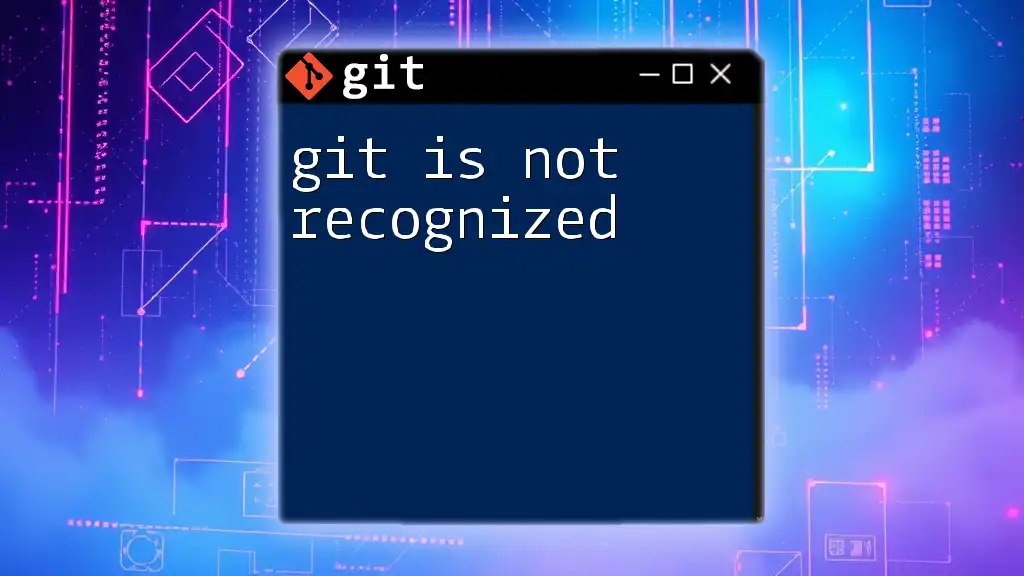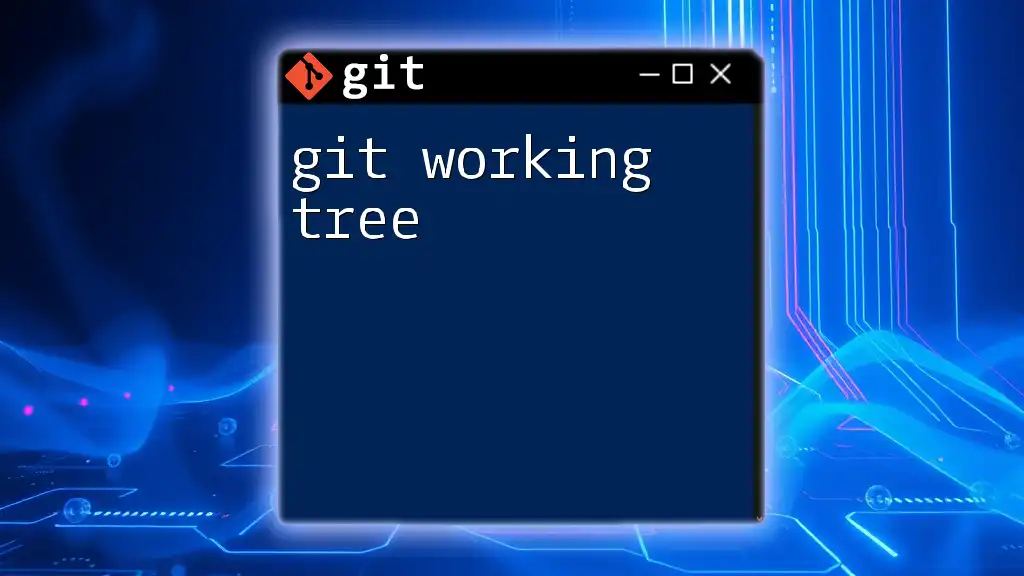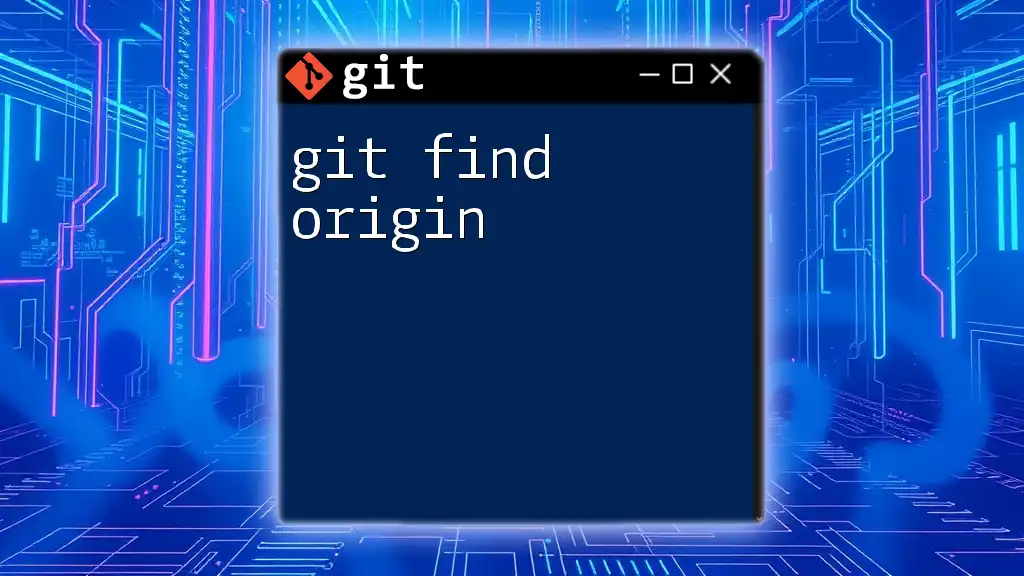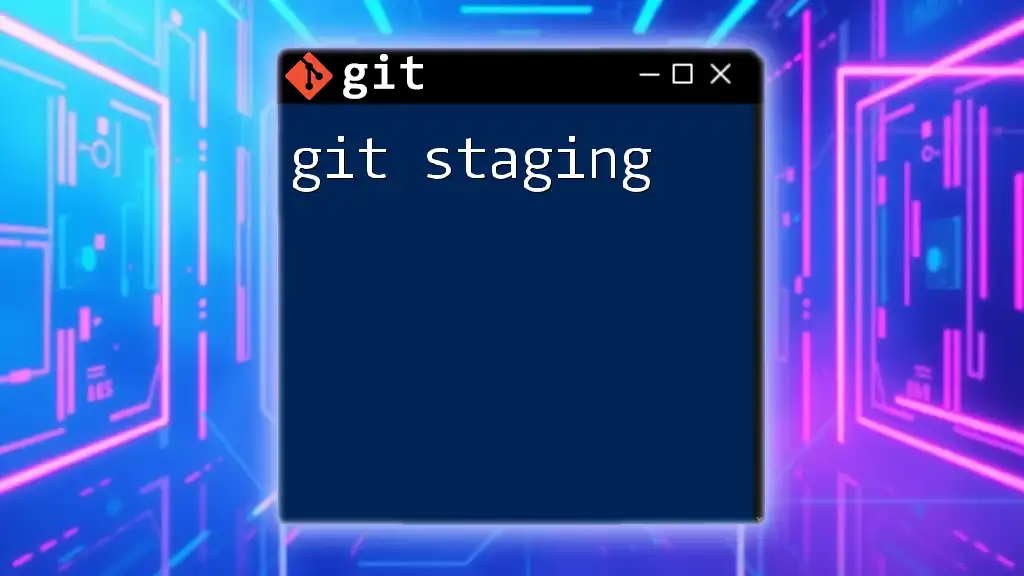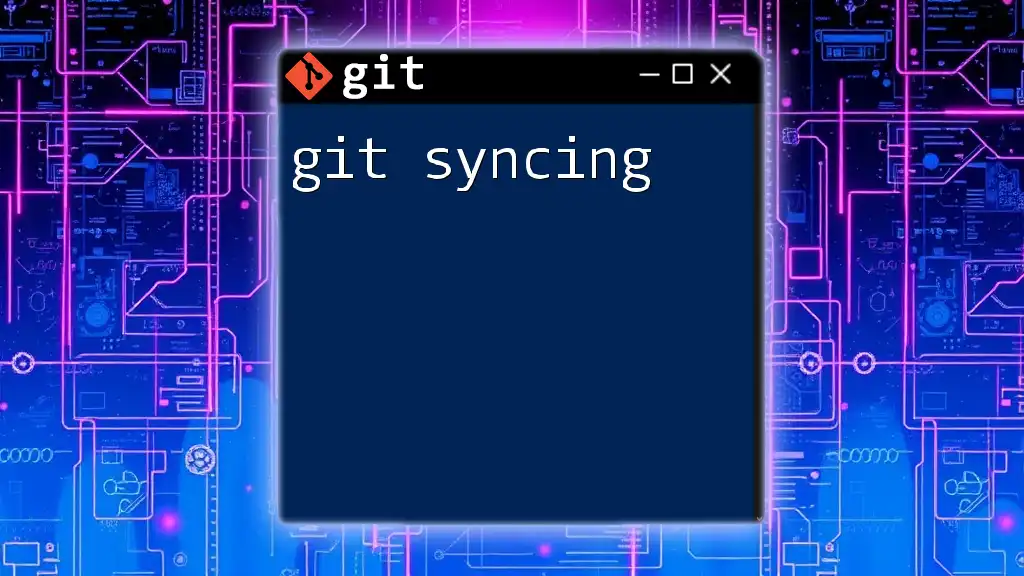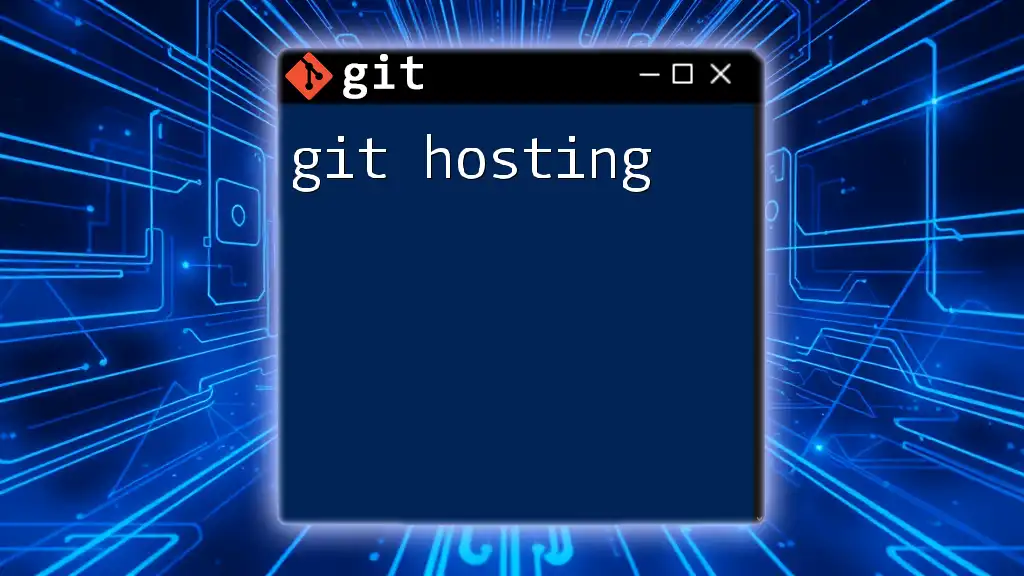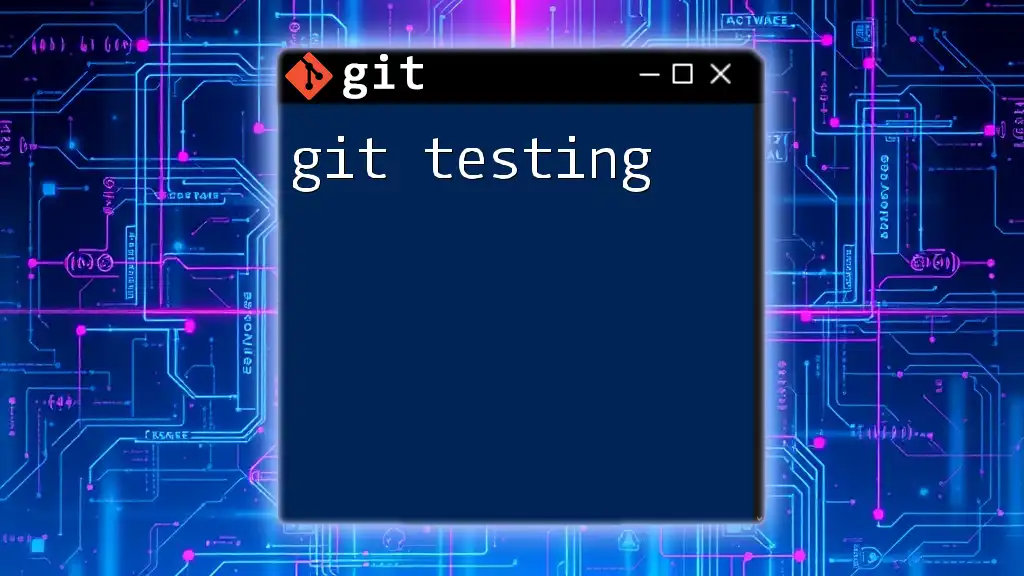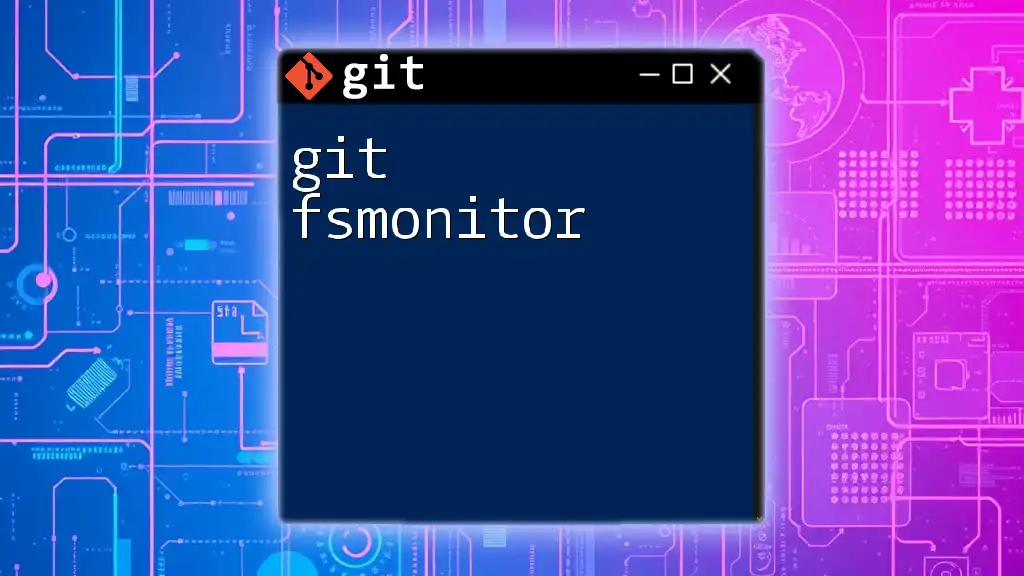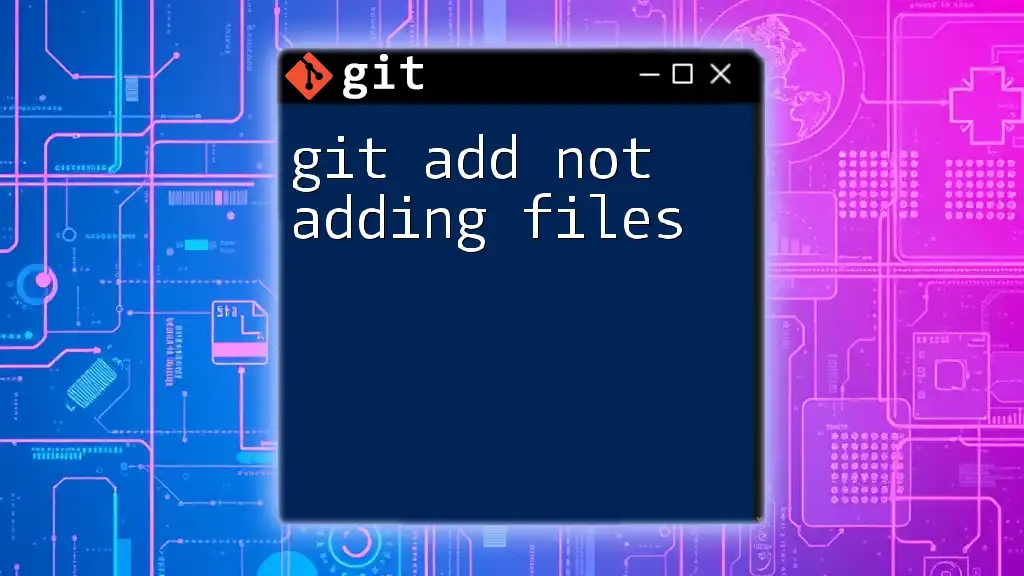If Git LFS (Large File Storage) is not working, it may be due to missing LFS tracking for your files, in which case you can track the file type and push it as follows:
git lfs track "*.psd"
git add .gitattributes
git add your-large-file.psd
git commit -m "Track large PSD file with Git LFS"
git push
Understanding Git LFS
What is Git LFS?
Git LFS, or Git Large File Storage, is an extension for Git that allows you to manage large files more efficiently. Instead of storing large files directly inside your Git repository, Git LFS keeps a lightweight pointer in your repo and stores the actual large files on a remote server. This helps improve performance and speed when working with large assets, such as media files and documents, which can bloat your repository size and slow down operations.
Use Cases
Git LFS is particularly beneficial in scenarios where you often deal with large binary files. Examples include:
- Media files: such as images, videos, and audio files, which are often large and can be cumbersome to handle.
- Datasets: in data science and machine learning projects, where large datasets could significantly increase repository size.
- Game assets: where textures, models, and other multimedia components can also be sizeable.
How Git LFS Works
Git LFS fundamentally changes how Git interacts with large files. Instead of placing a large file in the repository, it creates a small pointer file pointing to the actual file stored remotely.
Architecture
When you push to a remote repository, the pointer file is pushed along with its reference to the actual data. The large file is stored separately in the LFS server, which significantly reduces the size of your history and speeds up operations.
Comparison with Standard Git
In standard Git, every file, no matter its size, is stored in the repository. This causes the repository size to grow considerably with each added large file. With Git LFS, you alleviate this pressure by utilizing pointers and external storage, allowing for a more efficient and manageable repository.
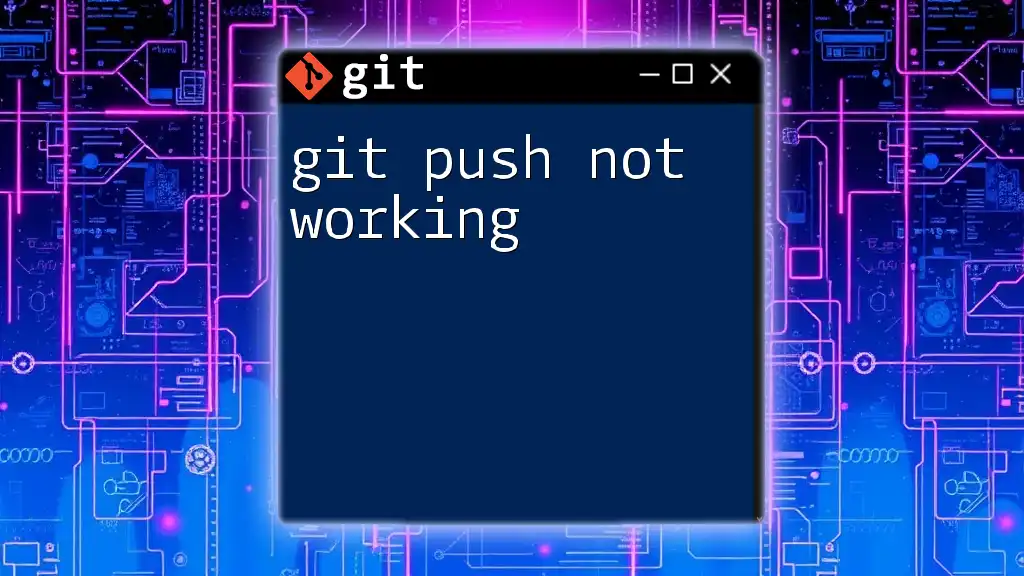
Common Issues with Git LFS
Installation Problems
Pre-Requisites
Before you can use Git LFS effectively, ensure you have Git already installed. You should also confirm that your project meets the requirements for using Git LFS, especially if it's hosted on platforms like GitHub or GitLab.
Installation Steps
To get started, you need to install Git LFS:
For macOS:
brew install git-lfs
For Windows: You can download the installer from the Git LFS website and run it, or use Chocolatey:
choco install git-lfs
For Linux: Follow the package instructions specific to your distribution or use:
curl -s https://packagecloud.io/install/repositories/github/git-lfs/script.deb.sh | sudo bash
Then install with:
sudo apt install git-lfs
Configuration Issues
Repository Setup
After installation, you need to initialize Git LFS within your repository. This can be done using the following command:
git lfs install
Failing to perform this step may lead to unexpected behaviors and issues with file management.
Tracking Files
To efficiently manage your large files, specify which file types you want Git LFS to handle. You can do this with a command like:
git lfs track "*.psd"
This command will create or update a `.gitattributes` file in your repository, allowing Git LFS to manage any Photoshop files within the repo.
Authentication Errors
Common Authentication Issues
When pushing or pulling files through Git LFS, you might encounter authentication issues. Common symptoms include error messages related to permissions or failed operations.
Solutions
To resolve these issues, check the following:
- Ensure your Git credentials are correctly configured.
- Verify your `.netrc` file contains the correct authentication tokens and that Git LFS is aware of them.

Diagnosing 'git lfs not working'
Checking Git LFS Version
One of the first steps in troubleshooting is to confirm that you are using the correct version of Git LFS. Use the following command to check your version:
git lfs version
Running an outdated version might lead to compatibility issues, so updating to the latest version is advisable.
Verifying File Tracking
To ensure that your large files are properly tracked, execute:
git lfs ls-files
This displays all the files currently managed by Git LFS. If you don’t see your intended files here, you might need to revisit your tracking setup.
Removing Tracking
If you find that certain files are no longer necessary to be tracked, you can remove them with:
git lfs untrack "*.psd"
Remember to adjust your `.gitattributes` file accordingly afterward.
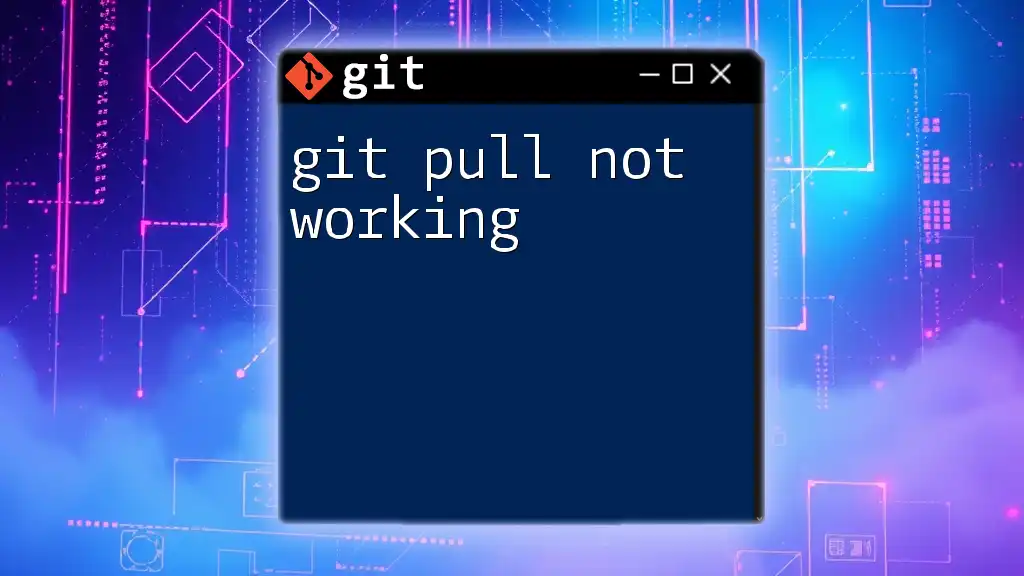
Fixing Common 'git lfs not working' Issues
Clone Issues
When attempting to clone a repository containing LFS-tracked files, you may encounter the error: `git lfs clone failed`. This could stem from various reasons:
- LFS objects haven't been uploaded correctly.
- Configuration issues stemming from an incomplete setup.
Solutions
To resolve these issues:
- Ensure LFS files are properly pushed from the origin repository.
- Verify the `.gitattributes` file exists in the repository, as it dictates which files are tracked.
Push and Pull Problems
Push operations may fail with errors stating that large files are not being pushed. This often indicates that large files haven’t been configured for tracking correctly.
Solutions
Check the following checklist when facing push issues:
- Confirm that you've executed `git lfs track` for the appropriate file types.
- Confirm that the remote repository supports Git LFS.
- Validate that you haven't exceeded any quota limits imposed by your Git hosting service.
File Size Limitations
When working with Git LFS, it's crucial to recognize that various Git hosting services impose limits on file sizes. For instance, GitHub allows files up to 2 GB, while GitLab has its own restrictions.
Workarounds
To bypass these limitations, consider:
- Compressing files: Use tools like gzip or zip to reduce file sizes before pushing them.
- Using alternative services: For extremely large datasets, consider using platforms specifically designed for handling large files.
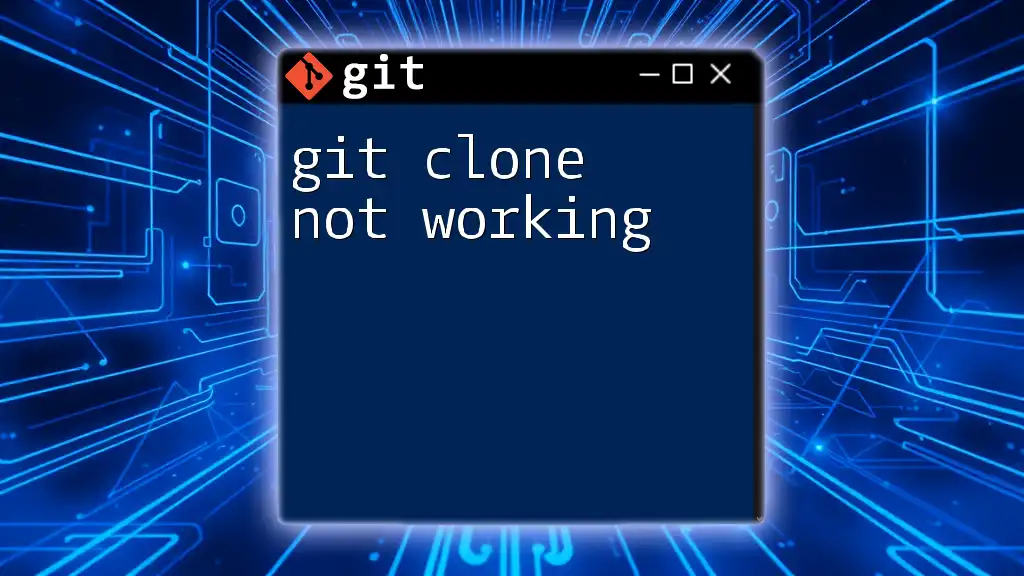
Best Practices for Using Git LFS
Efficient File Management
Choose the Right Files: Ensure that files tracked with Git LFS justify their size. For example, binary files like images, videos, and large datasets are suitable, while small text-based files should remain in standard Git.
Regular Maintenance: Incorporate regular cleanup processes using the command:
git lfs prune
This command will remove any LFS objects that are no longer needed and free up space.
User Education
Providing Training: It’s essential to educate all team members on proper Git LFS workflows to minimize confusion and errors, especially when collaborating on large projects.
Documentation: Maintaining documentation around Git LFS usage within teams can help prevent issues in the future. This should include instructions on tracking files, troubleshooting, and best practices.
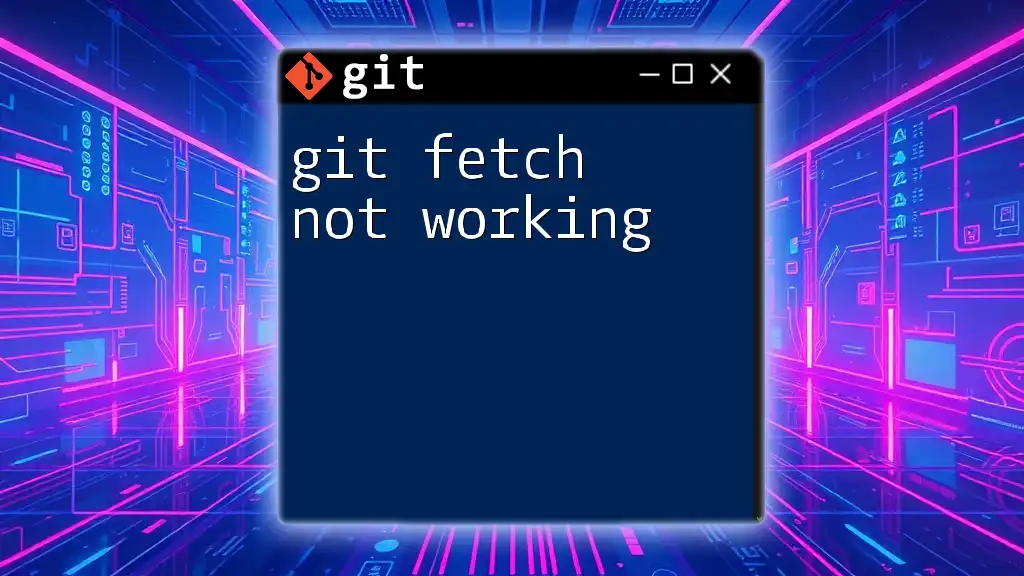
Additional Resources
Official Documentation
For deeper insights and further information, refer to the [official Git LFS documentation](https://git-lfs.github.com/). This resource provides comprehensive details on installation, commands, and troubleshooting guidance.
Community Support
Explore platforms like Stack Overflow and Git community forums where developers actively seek help and share experiences regarding Git LFS challenges. Engaging with the community can often lead to quicker solutions.
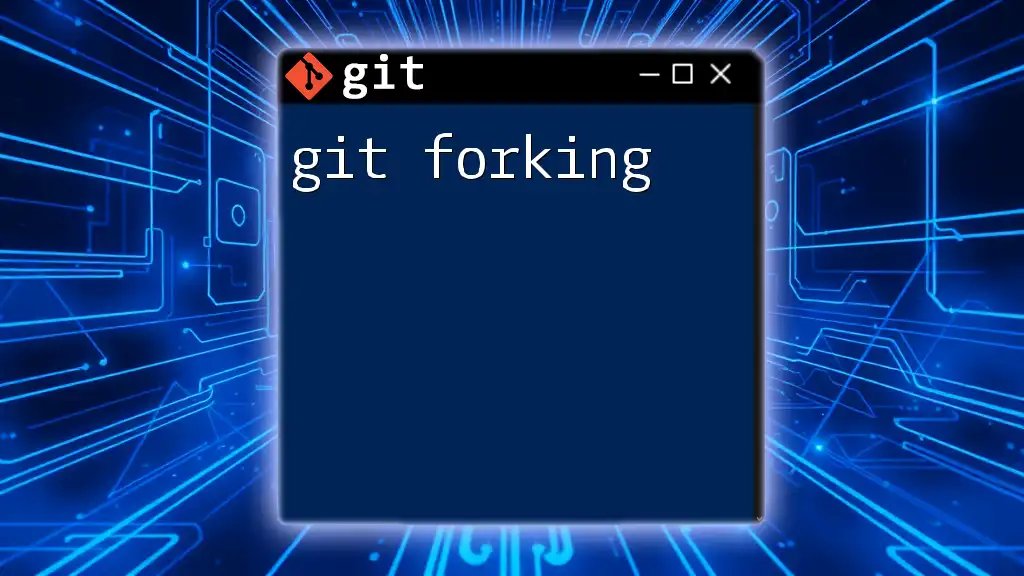
Conclusion
By understanding the core functions of Git LFS, its common pitfalls, and best practices, you can effectively resolve issues related to “git lfs not working.” Whether you’re managing large media files or datasets, using Git LFS properly will enhance your project’s efficiency and maintainability.
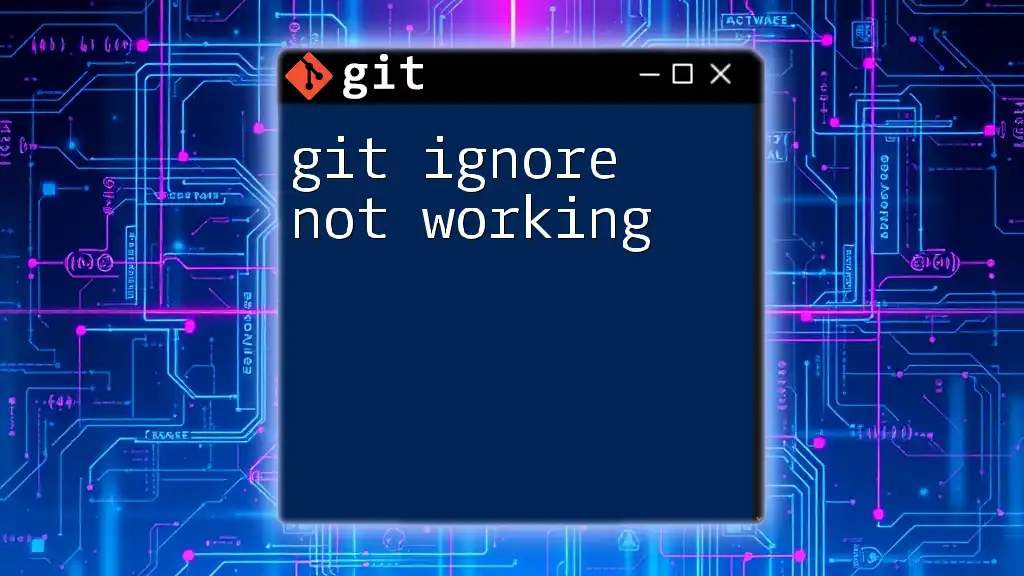
Call to Action
For more insightful content on Git, including advanced tutorials and troubleshooting techniques, consider signing up for our newsletter! Stay updated with the latest practices to make your Git workflow smoother and more effective.

